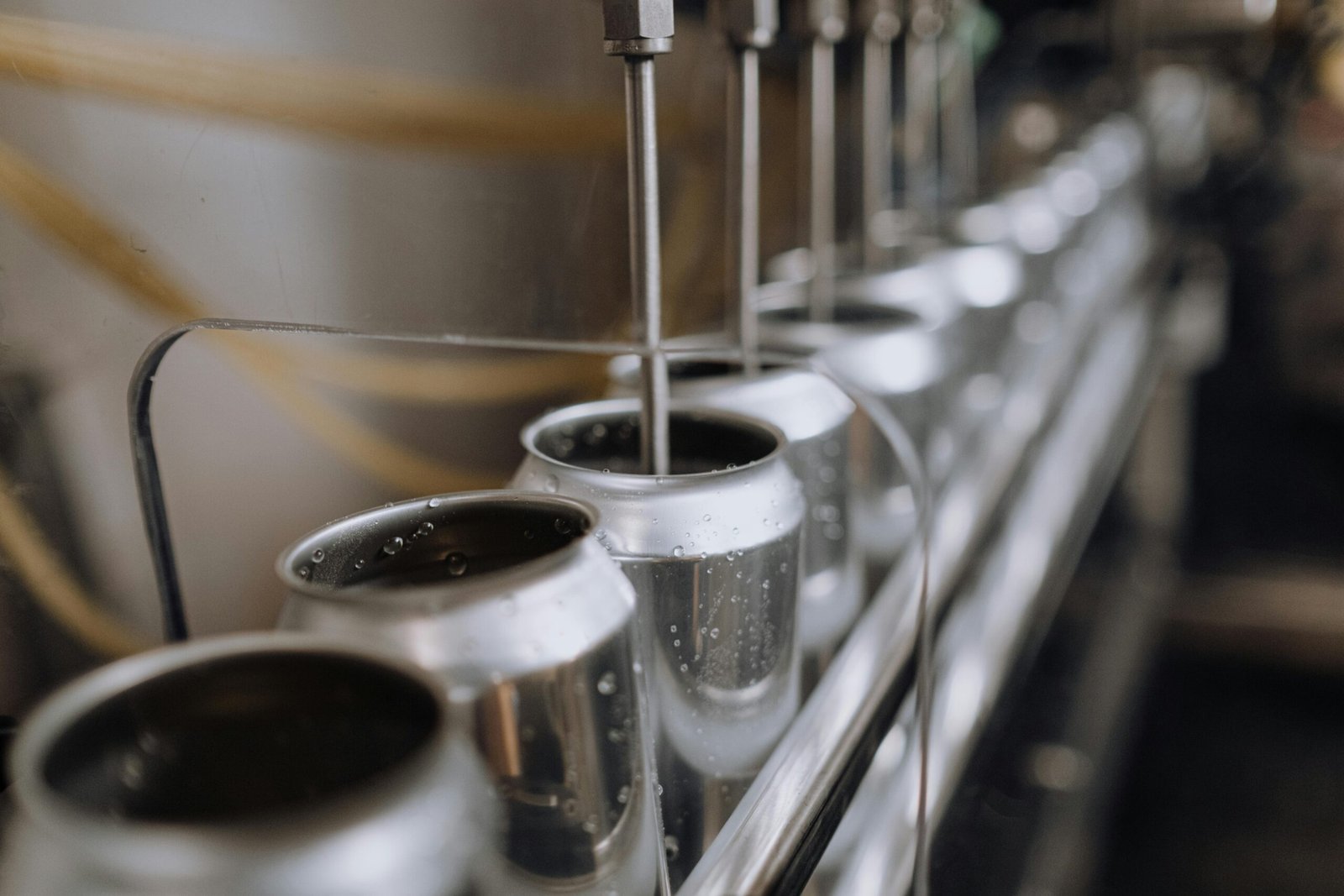Filling Machines: Revolutionizing Efficiency in Production Lines
In the fast-paced world of manufacturing and production, efficiency and precision are paramount. One of the critical components that contribute to these factors is the use of filling machines. These machines are indispensable in various industries, from food and beverage to pharmaceuticals and cosmetics, where they ensure that products are filled accurately and consistently. As consumer demand grows and production lines become more complex, the role of filling machines becomes even more crucial. This article delves into the significance of filling machines, exploring how they enhance production efficiency and the various types available to meet diverse industrial needs.
Filling machines: key solutions for efficient production
Filling machines are designed to handle the task of filling containers with a specific quantity of product, whether it be liquid, powder, or granules. These machines are engineered to optimize the filling process, reducing waste and ensuring that each container is filled to the precise level required. The importance of filling machines in production cannot be overstated, as they directly impact the speed, accuracy, and overall efficiency of the production line.
One of the primary benefits of using filling machines is their ability to significantly increase production speed. Manual filling processes are not only time-consuming but also prone to human error, which can lead to inconsistencies and product wastage. In contrast, automated filling machines can operate at high speeds, filling hundreds or even thousands of containers per hour with remarkable precision. This not only boosts productivity but also ensures that the final product meets quality standards.
Moreover, filling machines are equipped with advanced technology that allows for precise control over the filling process. This includes features such as programmable logic controllers (PLCs), which enable operators to set specific parameters for each product type. As a result, manufacturers can easily switch between different products without the need for extensive reconfiguration, thus minimizing downtime and maximizing efficiency.
Types of filling machines and their applications
There are several types of filling machines, each designed to handle specific types of products and containers. The choice of filling machine depends on various factors, including the nature of the product, the type of container, and the desired production speed. Some of the most common types of filling machines include:
- Liquid filling machines: These machines are used for filling liquids such as water, juices, oils, and chemicals. They can be further categorized into volumetric, gravimetric, and vacuum filling machines, each offering different levels of precision and speed.
- Powder filling machines: Designed for filling containers with powdered products like flour, spices, and pharmaceuticals, these machines use auger or cup filling mechanisms to ensure accurate and consistent fills.
- Piston filling machines: Ideal for viscous products such as sauces, creams, and gels, piston filling machines use a piston to draw and dispense the product into containers with high accuracy.
- Net weight filling machines: These machines are used for products that require precise weight measurements, such as grains, seeds, and small hardware items. They use load cells to weigh the product before filling it into containers.
Each type of filling machine offers unique advantages and is suited to specific applications. For instance, liquid filling machines are essential in the beverage industry, where they ensure that each bottle is filled to the correct level without spillage. Similarly, powder filling machines are crucial in the pharmaceutical industry, where precise dosing is critical for product efficacy and safety.
Advancements in filling machine technology
The field of filling machines has seen significant advancements in recent years, driven by the need for greater efficiency and precision in production. Modern filling machines are equipped with cutting-edge technology that enhances their performance and versatility. Some of the notable advancements include:
Automation and integration: Today’s filling machines are highly automated, with features such as touch-screen interfaces, remote monitoring, and data logging capabilities. This allows operators to monitor the filling process in real-time and make adjustments as needed to maintain optimal performance.
Flexibility and customization: Manufacturers are increasingly demanding filling machines that can handle a wide range of products and container sizes. In response, machine designers have developed modular systems that can be easily reconfigured to accommodate different production requirements. This flexibility reduces the need for multiple machines and streamlines the production process.
Enhanced precision and accuracy: Advanced sensors and control systems have improved the precision and accuracy of filling machines, ensuring that each container is filled to the exact specifications. This is particularly important in industries where product consistency is critical, such as pharmaceuticals and food production.
In conclusion, filling machines play a vital role in modern production lines, offering solutions that enhance efficiency, accuracy, and flexibility. As technology continues to evolve, these machines will become even more integral to the manufacturing process, helping companies meet the demands of an ever-changing market.







